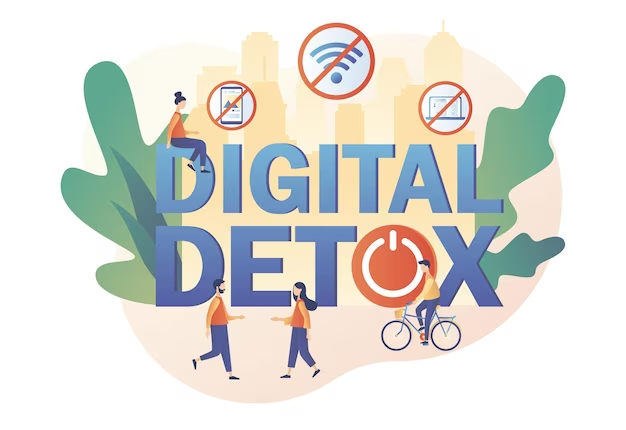Ancient and Modern Lifestyle: A Unique Perspective

The contrast between ancient and modern lifestyles reveals much about how human societies have evolved. While traditional comparisons often focus on technology and convenience, exploring unique aspects provides a deeper understanding of these changes. Let’s delve into some less conventional differences that highlight the distinctive nature of these lifestyles.
1. Rituals and Daily Rhythms
Ancient Lifestyle:
Daily life in ancient times was deeply intertwined with rituals and natural cycles. Activities were often governed by the phases of the moon, seasonal changes, and religious practices. For instance, agricultural societies celebrated planting and harvest festivals that were integral to community life. These rituals provided a rhythm to life, connecting people with the natural world and their cultural heritage.
Modern Lifestyle:
Today, while some people still observe traditional rituals, modern life is driven by a more standardized schedule. The concept of “time poverty” has emerged, with work and personal commitments often dictating daily routines. The rhythm of life is largely shaped by technology and consumer culture, leading to a more uniform but less nature-centric experience.
2. Concept of Privacy:
Ancient Lifestyle:
In ancient societies, privacy was a luxury few could afford. Living quarters were often shared among extended family members or even entire communities. The concept of personal space was different, with social norms emphasizing communal living and shared experiences. Privacy was often more about social status and less about personal space.
Modern Lifestyle:
In contrast, modern lifestyles place a high value on privacy. Personal space is a significant aspect of contemporary life, with individuals having their own homes, rooms, and private areas. The digital age has introduced a new dimension to privacy, where data security and personal information protection are major concerns. The balance between public and private life has become more pronounced and complex.
3. Learning and Knowledge Transmission :
Ancient Lifestyle:
Knowledge in ancient times was passed down orally and through hands-on experience. Storytelling, mentorship, and apprenticeships were crucial for education. This method fostered deep connections between teacher and student and preserved cultural practices and oral histories. The process was slower but highly personalized.
Modern Lifestyle:
Modern education has transitioned to formal institutions with structured curricula. The advent of the internet has revolutionized learning, making information readily accessible. Online courses, virtual classrooms, and educational apps provide diverse learning opportunities but also challenge traditional educational methods. Knowledge transmission is now rapid and global, but sometimes lacks the personal touch of ancient teaching method
4. Social Hierarchies and Mobility
Ancient Lifestyle:
Social hierarchies in ancient societies were often rigid and inherited. Class distinctions were prominent, with limited opportunities for social mobility. Roles and status were generally fixed, based on lineage, occupation, and societal norms. Changes in status were rare and often resulted from significant achievements or shifts in power.
Modern Lifestyle:
There more opportunities in modern era . While inequalities still exist, there is a greater emphasis on meritocracy and individual achievement. Career advancement, educational opportunities, and social reforms have created pathways for people to improve their social standing. The notion of self-made success is more prevalent, reflecting a shift towards a more fluid social structure.
5. Relationship with Technology
Ancient Lifestyle:
Technology in ancient times was minimal but profoundly impactful. Innovations like the wheel, early writing systems, and rudimentary tools were revolutionary for their time, shaping the course of human history. Technology was deeply integrated into daily life, with each advancement having a direct and often transformative impact on society.
Modern Lifestyle:
In the modern era, technology is ubiquitous and omnipresent. It shapes virtually every aspect of life, from communication and transportation to entertainment and health. The rapid pace of technological advancement can lead to both wonder and overwhelm. While technology has brought incredible benefits, it has also introduced new challenges, such as digital dependence and privacy concerns.
Conclusion :
The unique aspects of ancient and modern lifestyles offer fascinating insights into human evolution. While ancient lifestyles were characterized by close ties to nature, communal living, and oral traditions, modern lifestyles emphasize privacy, rapid technological advancement, and individualism. Understanding these differences enriches our appreciation of both past and present, highlighting the dynamic nature of human progress.


